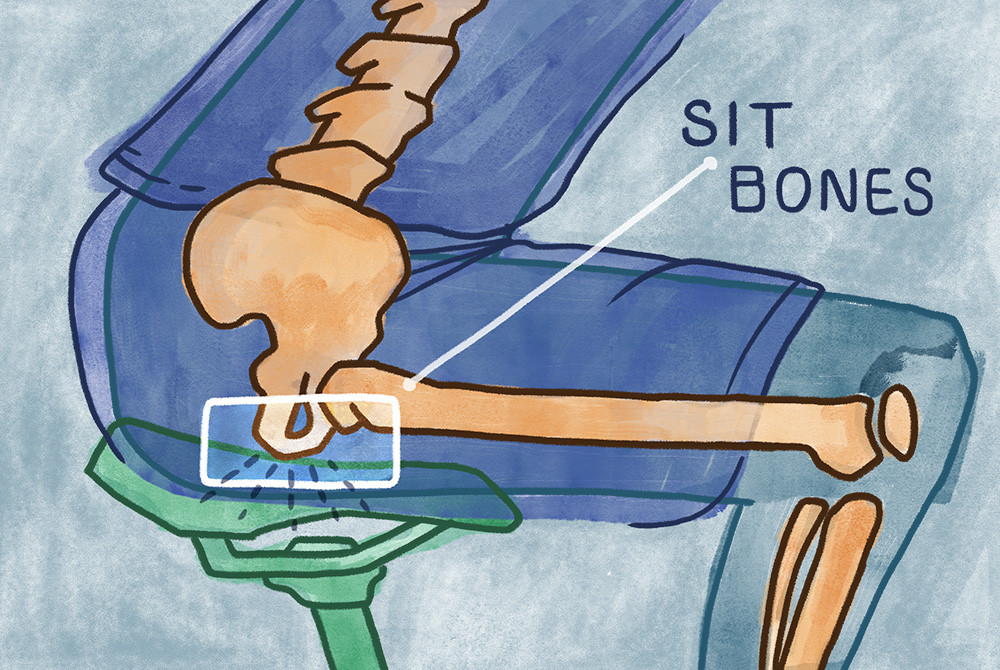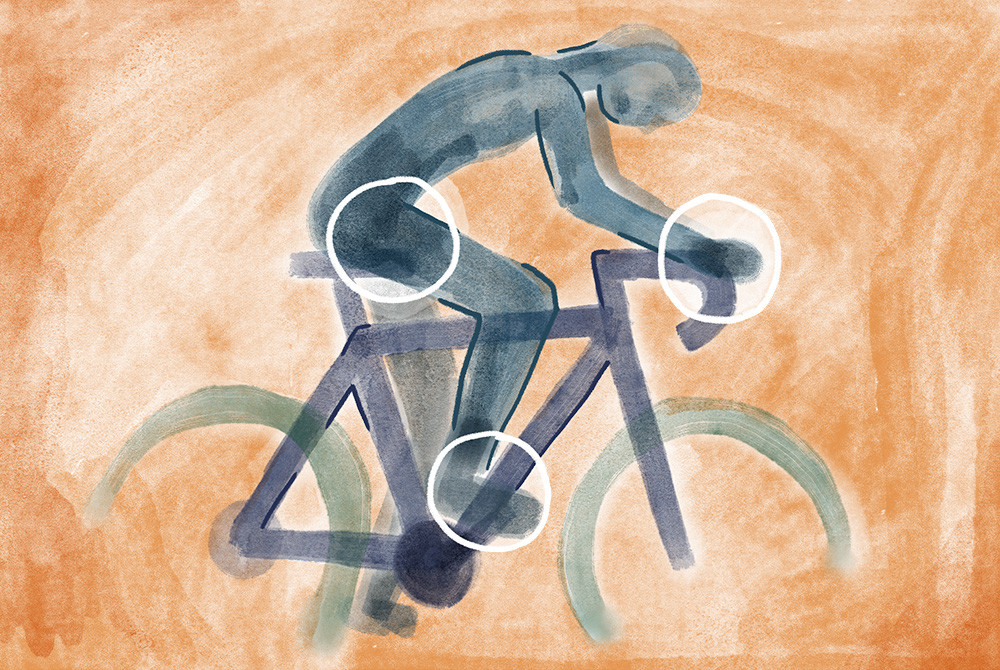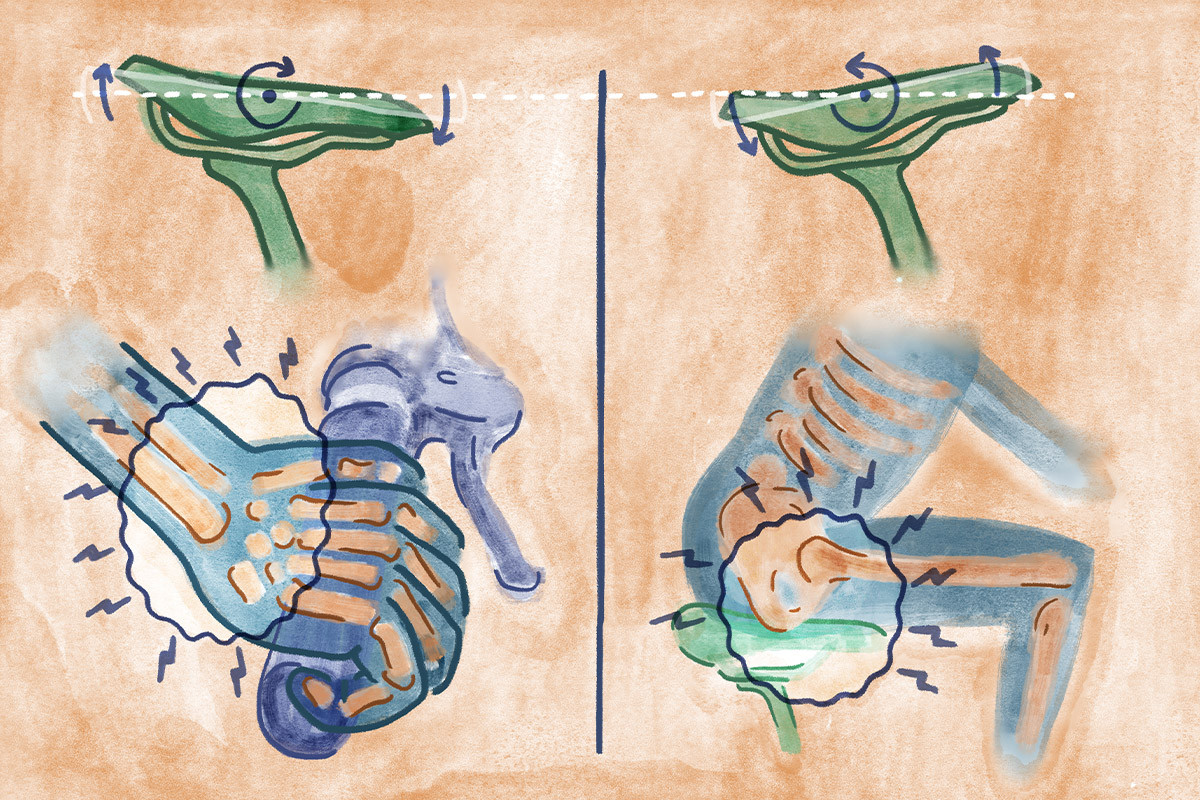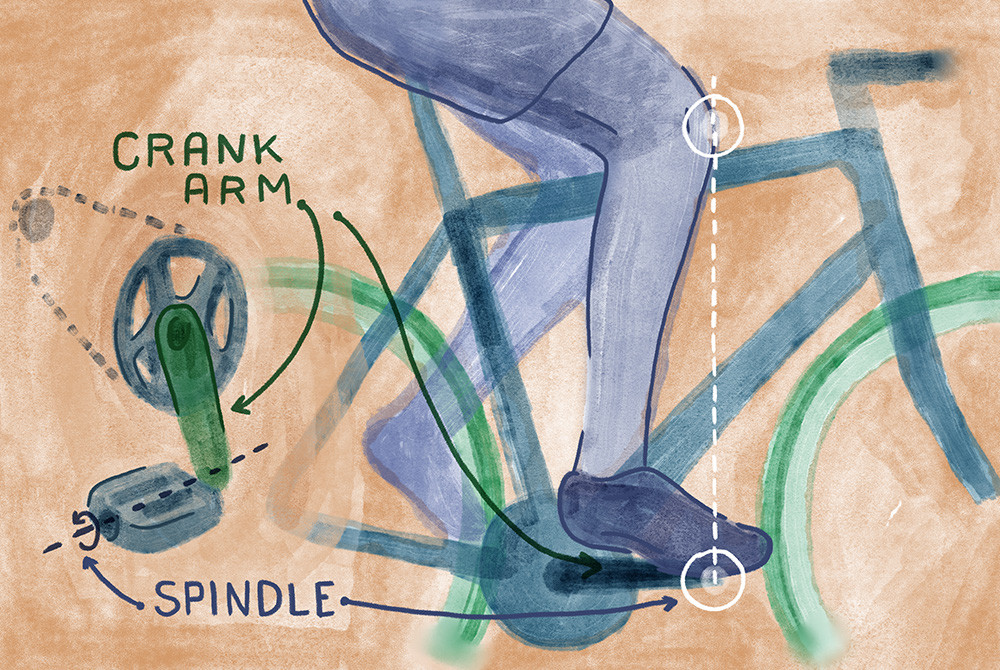Cycling offers freedom, fitness, and fun, but for many adult women, discomfort can quickly put a damper on the ride, especially when it comes to saddle pain. If you’re experiencing pain, numbness, or soreness “down there” while cycling, know that you’re not alone, and more importantly, it’s not something you have to endure. Understanding why saddle pain occurs and how to address it is key to enjoying comfortable and confident rides on your adult bike.
Like many cyclists, I’ve learned through trial and error what works and what definitely doesn’t when it comes to bike fit and saddle comfort. From adventurous tours on ill-fitting bikes to everyday commutes with persistent saddle issues, experience has been my greatest teacher. And like many female cyclists, I once accepted saddle discomfort as just part of the process. It wasn’t until I found the right saddle and position that the realization hit: cycling shouldn’t hurt.
If you’re new to cycling or increasing your ride distances, some initial soreness is normal, similar to adjusting to any new physical activity. However, persistent, sharp pain, swelling, or numbness in your vulva is a clear sign that adjustments are needed. Your “lady garden” should not be screaming at you after every ride. Let’s explore why cycling can be a pain and, more importantly, how to solve it so you can confidently enjoy your adult bike.
 Illustration depicting the sit bones in relation to a bicycle saddle, highlighting proper weight distribution.
Illustration depicting the sit bones in relation to a bicycle saddle, highlighting proper weight distribution.
Why Cycling Can Cause Crotch Pain for Women
For adult female cyclists, crotch pain typically stems from excessive pressure on the delicate tissues of the vulva. The ideal scenario when seated on your adult bike is for your weight to be supported by your sit bones – the bony prominences at the base of your pelvis. If too much weight is distributed onto the vulva itself (labia and surrounding tissues), it leads to pain, swelling, and numbness.
Incorrect saddle adjustment is a primary culprit behind this excessive pressure. Saddle height, tilt, and fore/aft positioning all play crucial roles. Furthermore, the saddle’s relationship to the overall bike fit, and even the saddle choice itself, can contribute to discomfort. It’s important to understand that there’s no universal “perfect” setup; the goal is to tailor your adult bike to your individual anatomy and riding style. It’s all about how you feel on your bike.
 Illustration showing the three main contact points on a bicycle: hands, sit bones on saddle, and feet on pedals.
Illustration showing the three main contact points on a bicycle: hands, sit bones on saddle, and feet on pedals.
Saddle Adjustment: Height is Key for Adult Bike Female Riders
Saddle height is fundamental because it distributes your weight across the three main contact points on your adult bike: your feet, hands, and crotch. An improperly adjusted saddle height, whether too high or too low, shifts weight imbalance and increases pressure on your crotch. Generally, when your pedal is at its lowest point, you should have a slight bend in your knee. Make small adjustments to your saddle height until you achieve a balanced weight distribution across these three points while riding your adult bike.
 Illustration demonstrating the effects of tilting a bike saddle too far upwards or downwards, causing pressure points.
Illustration demonstrating the effects of tilting a bike saddle too far upwards or downwards, causing pressure points.
Saddle Adjustment: Tilt for Adult Female Bike Comfort
Begin by setting your saddle to a neutral, horizontal position. The nose of the saddle should not be angled significantly upwards or downwards. An upward tilt can cause the saddle nose to dig into your soft tissues, leading to direct pressure and pain. Conversely, a downward tilt can cause you to slide forward onto the narrower part of the saddle, also increasing pressure. Downward tilt can also place excessive weight on your hands, potentially causing wrist pain. Finding the right tilt is crucial for adult female bike riders seeking comfort.
 Illustration demonstrating how to check for proper fore/aft saddle position on a bicycle using kneecap and pedal spindle alignment.
Illustration demonstrating how to check for proper fore/aft saddle position on a bicycle using kneecap and pedal spindle alignment.
Saddle Adjustment: Fore/Aft Position on Your Adult Bike
The fore/aft position of your saddle also significantly impacts comfort on your adult bike. A general guideline is to check your kneecap alignment. When the crank arm is horizontal to the ground, your kneecap should be vertically aligned directly above the pedal spindle.
You can check this by using a plumb bob (or improvising with a weighted string) held from your kneecap. While some cyclists find this method precise, achieving accurate alignment can be tricky. The key takeaway is that fore/aft adjustment is adjustable and affects saddle comfort and overall bike fit. If unsure, start with the saddle in a middle position on its rails and make small adjustments forward or backward from there until you find your comfortable sweet spot on your adult bike.
Bike Fit: Beyond Saddle Adjustments for Adult Female Cyclists
While saddle adjustments are crucial, remember that your saddle works in conjunction with all other aspects of your adult bike. Human bodies and bikes are complex and come in diverse sizes and geometries. The saddle adjustment is always relative to other bike components, and the overall bike fit needs to suit your unique body.
If you’ve diligently adjusted your saddle and still experience pain, the issue might stem from a broader bike fit problem. Perhaps the frame size is incorrect – either too large or too small. Handlebar height or reach could also be contributing to weight distribution issues and saddle discomfort. In such cases, seeking a professional bike fit at a local bike shop or consulting a physical therapist specializing in cycling can be invaluable. They can assess your overall position on the adult bike and make recommendations beyond just saddle adjustments.
Saddle Selection: Choosing the Right Saddle for Adult Female Anatomy
Ideally, after carefully adjusting your saddle and bike fit, you should experience a significant improvement in comfort and be able to enjoy pain-free rides on your adult bike. However, if discomfort persists even after these adjustments, it might be time to consider a new saddle altogether.
A significant factor for adult female cyclists is that many standard bike saddles are designed with male anatomy in mind. Women generally have wider sit bones than men, meaning a wider saddle is often necessary to provide proper support. Fortunately, the cycling industry has recognized this need, and there are now numerous saddles specifically designed for women’s anatomy available on the market.
Choosing a saddle is a highly personal process due to the vast variation in individual anatomy. A saddle that works perfectly for one person might be completely uncomfortable for another. The best approach is to try out different saddles before committing to a purchase. Many bike shops offer saddle demo programs allowing you to test ride different models to find what truly feels good for you and your adult bike.
Getting Back in the Saddle: Persistence and Humor on Your Adult Bike
In researching saddle pain for this article, I connected with fellow adventure cycling women to hear about their experiences. Some reported no issues, while others shared a spectrum of saddle-related dramas. These stories, while sometimes awkward or painful, highlight the commonality of saddle issues and the importance of a proactive and even humorous approach to solving them.
The key takeaway is that cycling endurance shouldn’t be about enduring unnecessary pain. If cycling on your adult bike becomes a pain in the crotch, it’s a solvable problem. It might be a quick fix with a simple adjustment, or it might require more experimentation and saddle swaps. Either way, your body will thank you for taking the time to troubleshoot and prioritize comfort, allowing you to fully enjoy the ride.
Nuts and Bolts: How to Troubleshoot Crotch Pain While Riding Your Adult Bike
- Adjust the saddle: Fine-tune height, tilt, and fore/aft position.
- Assess overall bike fit: Consider frame size and component adjustments.
- Experiment with a new saddle: Explore women-specific saddles and demo different models.
